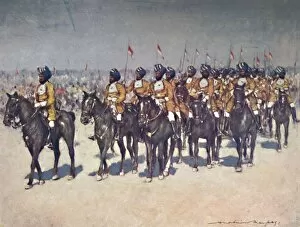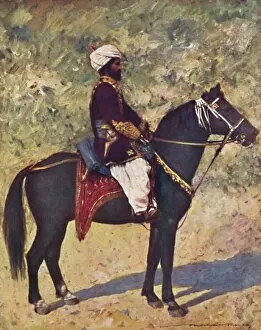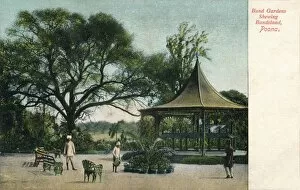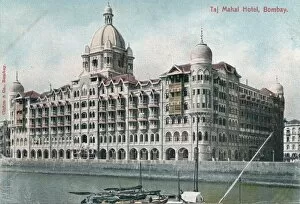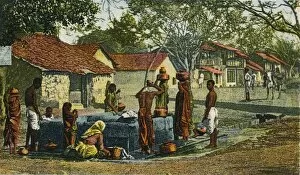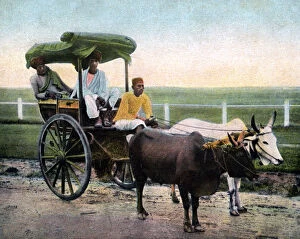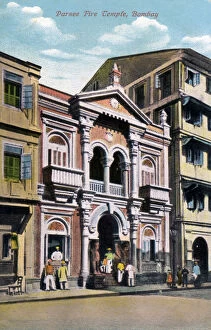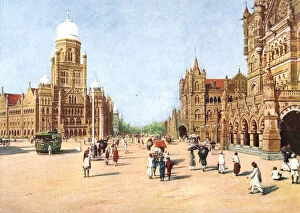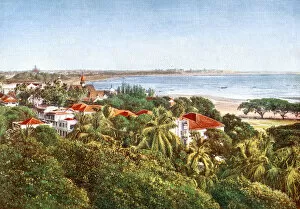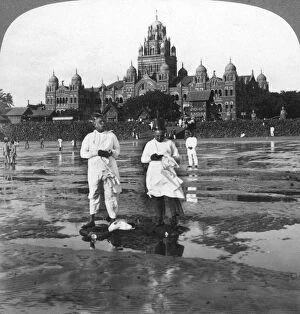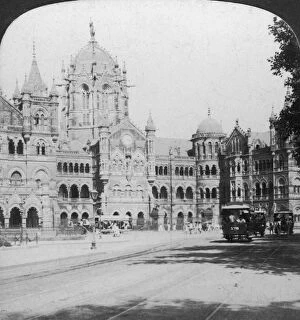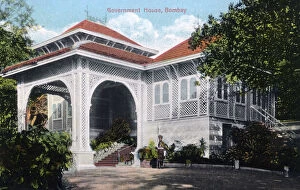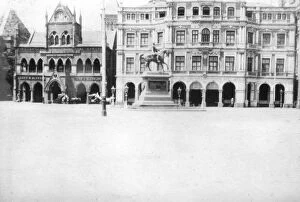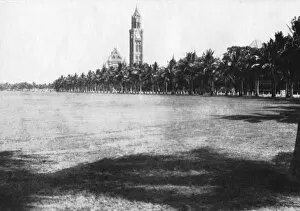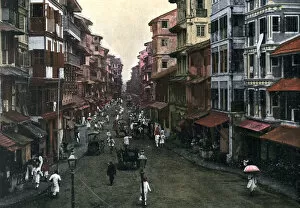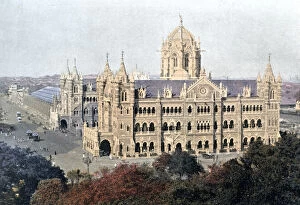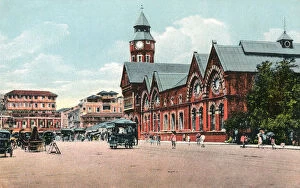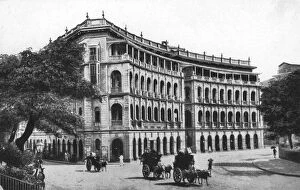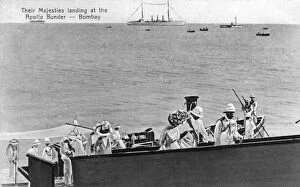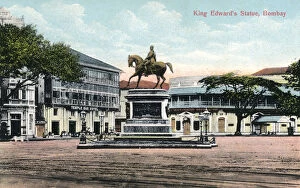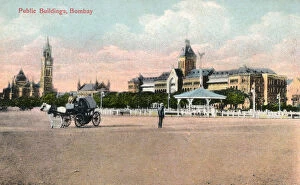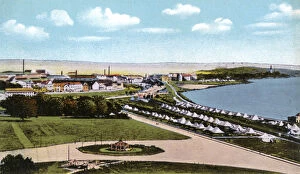Bombay Collection (#22)
"Bombay: A Melting Pot of Culture and Heritage" Welcome to Bombay, a city that encapsulates the essence of India like no other
For sale as Licensed Images
Choose your image, Select your licence and Download the media
"Bombay: A Melting Pot of Culture and Heritage" Welcome to Bombay, a city that encapsulates the essence of India like no other. Known as Mumbai today, this vibrant metropolis was once affectionately called Bombay. As you explore its streets, prepare to be enchanted by its unique blend of history, diversity, and architectural marvels. Start your journey at the iconic Gateway of India, standing tall against the backdrop of an enchanting evening sky. From the balcony of Taj Mahal Hotel, witness this magnificent structure that has welcomed countless visitors over the years. As you stroll through the bustling streets, you'll encounter remnants from Bombay's past. Admire a vintage poster showcasing the Bombay Baroda & Central India Railway – a testament to its rich transportation history. Catch sight of a double-decker bus parked outside Mumbai Municipal Corporation building - a symbol of modernity blending seamlessly with tradition. Don't miss witnessing nature's masterpiece as sunrise paints hues behind The Gateway to India. This breathtaking view will leave you in awe and remind you why Mumbai is often referred to as South Asia's crown jewel. For those seeking spiritual solace amidst urban chaos, visit Parsi Fire Temple - an oasis for Zoroastrians in Bombay. Here tranquility reigns supreme amid lush gardens and sacred flames burning bright. Immerse yourself further into Bombay's heritage by exploring Victoria Terminus – now known as Chhatrapati Shivaji Maharaj Terminus – an architectural gem that stands proud since colonial times. Marvel at its intricate details and grandeur that transports you back in time. Indulge in luxury at Taj Mahal Hotel Bombay where opulence meets impeccable hospitality. Let yourself be pampered while enjoying stunning views overlooking this captivating cityscape. And finally, take a glimpse into everyday life with Mumbai's municipal laundry scene - where clothes are washed meticulously along bustling riverbanks; it showcases both resilience and unity among locals working tirelessly.


